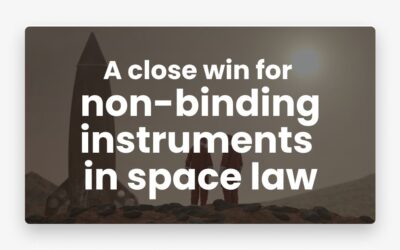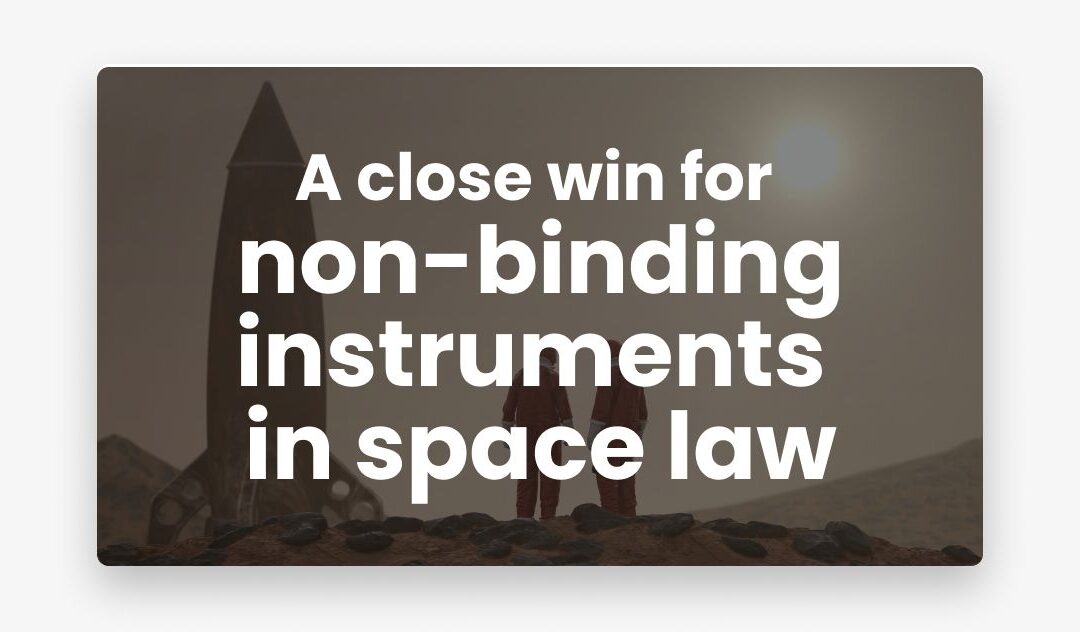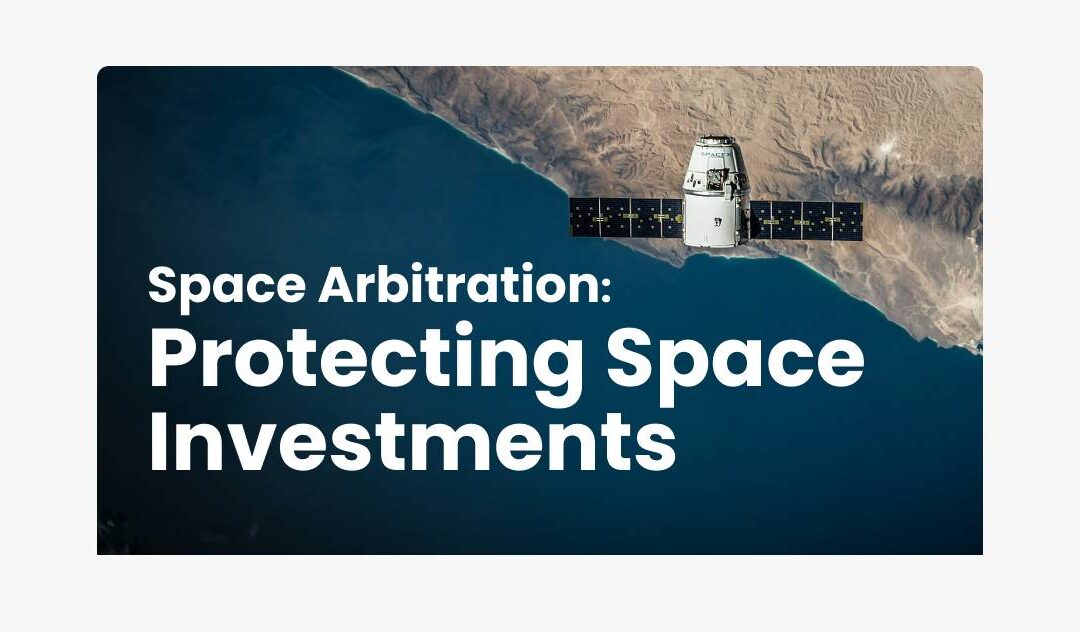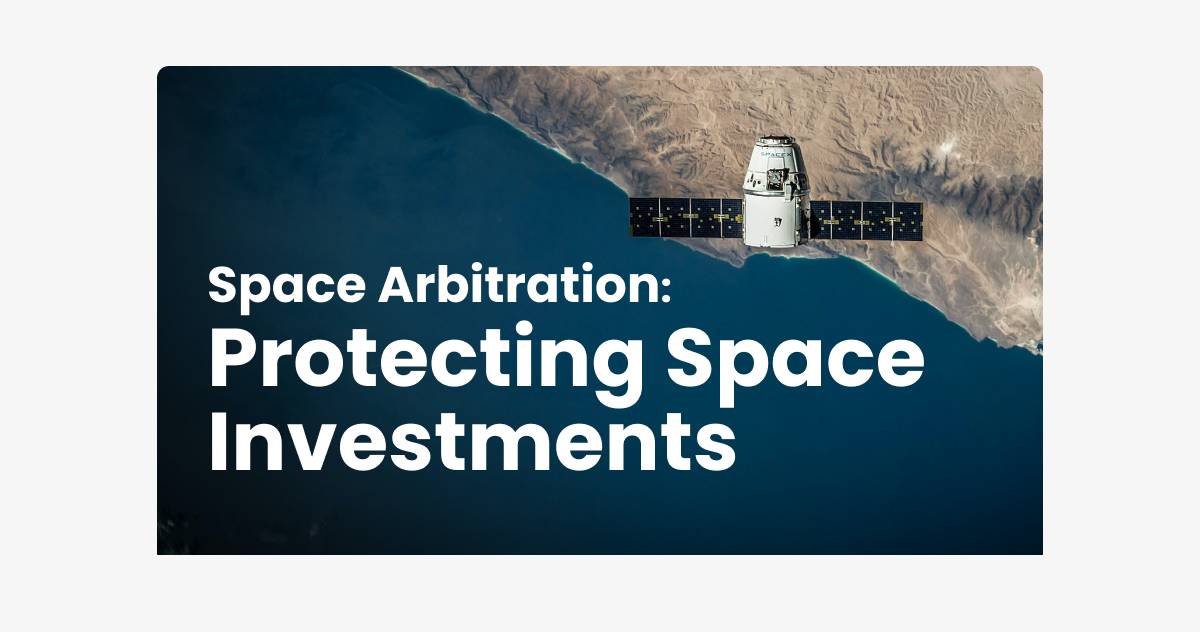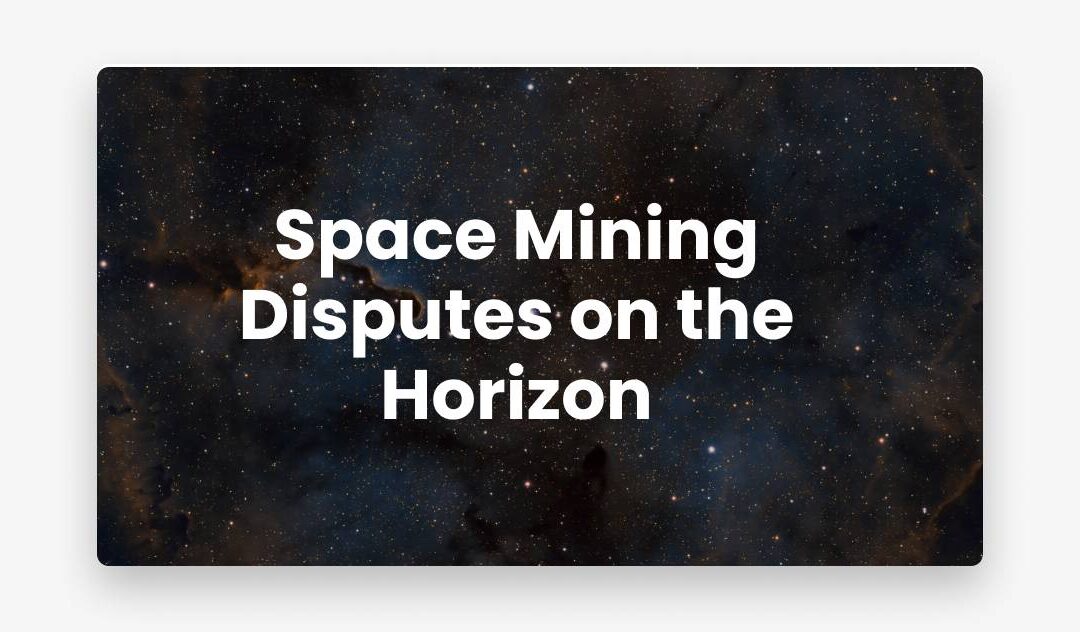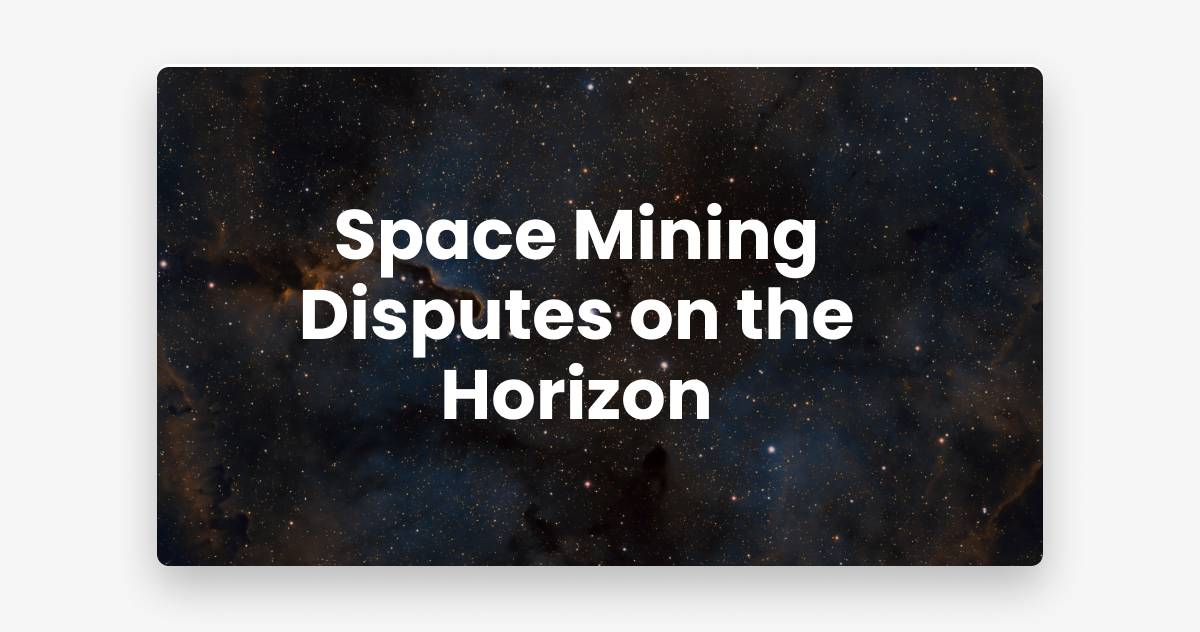Investment Protection and Space Investors By Luca Erhart and Riccardo LoschiInvestment Protection...

Investment Protection and Space Investors

Investment Protection and Space Investors: “New” Industry, “Old” Rules?
Today, the space sector is more composite than ever. In recent years, an increasing number of non-governmental, or private, commercial operators has entered the market and now operates alongside with more traditional governmental or international space agencies and state-owned companies. Thanks to an increasing number of countries that favour, or at least tolerate, foreign investments in the space sector, space companies have also started operating in and with foreign countries and commercial counterparts.
In this context, it is therefore unsurprising that space activities have generated disputes and it is reasonable to expect that more disputes will arise in the future. As discussed in previous blog posts (e.g. here), where the dispute involves a space company and a State, investment arbitration may provide one venue for resolving it.
Continued State Influence in the Space Sector
But the state-led investment paradigm that traditionally characterizes the space industry has not shifted completely yet. The space industry was and still is primarily fuelled by governmental programs and, as a result, commercial companies continue to closely cooperate with governments on government-led projects. Due to these close relationships, the recent political polarization and heightened national security concerns, space programs and projects often involve private-public partnerships, private companies acting under governmental supervision or carrying out governmental functions, quasi-private companies participated by governments, and state-owned enterprises (SOEs) carrying out commercial activities.
Investment Claims and the Challenge of Mixed Ownership and State Influence
The mixed nature and ownership of these businesses may raise issues of standing in the context of investment claims. The ICSID Convention, for instance, provides that tribunals will only have jurisdiction in relation to a dispute concerning a “private international investment” arising “between a Contracting State […] and a national of another Contracting State”.
Thus, where the investor has governmental connotations or carries out governmental functions, it may not be readily determined whether it qualifies as a “private” national of a State, especially where the relevant Treaties do not provide any guidance.
With respect to investment claims filed by SOEs, for instance, the so-called “Broches test” can guide the tribunals’ assessment. According to this test, a “mixed economy company or government-owned corporation should not be disqualified as a ‘national of another Contracting State’ unless it is acting as an agent for the government or is discharging an essentially governmental function” (Aaron Broches, ‘The Convention on the Settlement of Investment Disputes between States and Nationals of other States’, Collected Courses of the Hague Academy of International Law, Volume 136, 1972, p. 354).
This test mirrors the criteria of attribution under Articles 5 and 8 of the International Law Commission’s Articles on Responsibility of States for Internationally Wrongful Acts (ARSIWA) , which place special importance to the purpose behind an entity’s actions, with the consequence that investments made by SOEs (or partially so) could be in principle excluded where they primarily advance States’ policies and objectives.
To date, however, ICSID tribunals have preferred to focus on the function or nature of the investment, rather than on its purpose, and on the interpretation of the wording of the applicable treaties. In Ceskoslovenska Obchodni Banka, A.S. v. The Slovak Republic at para. 20, for instance, the tribunal found that an investment that promotes or aims at achieving government policies made through an SOE is no bar to the standing of that company so long as its activity is commercial in nature (see also, Beijing Urban Construction Group Co. Ltd v Republic of Yemen, paras. 35-42). In non-ICSID cases, SOEs’ standing has been assessed based on several factors, such as their (i) corporate structure, including the level of government control and power to influence company’s decisions; and (ii) the nature of activity (commercial or sovereign) undertaken and the rules by which the company abide when carrying out that activity (see e.g., Beijing Shougang and others v Mongolia, paras. 404-422; OAO Tatneft v Ukraine, paras. 125-152).
Space Investors’ Standing
The diverse nature of space companies, the (often) close relationship with their home governments and the mechanisms through which governments can influence and control these companies make the space industry a good candidate for the application of Broches, or Broches-like tests in investment arbitration. If these tests will be applied as they have been so far, most space companies that engage primarily in commercial space activities (e.g., satellite telecommunication, satellite launch services or space tourism) would likely retain standing due to the focus on function as opposed to purpose.
Chances are, however, that the currently more academic approach which mirrors the ARISWA criteria of attribution may be applied to at least some “extreme” cases, such as where an ICSID tribunal would de facto be adjudicating a State-to-State dispute. Consider, for instance, a case in which the launch of a dual-use satellite of a partially state-owned entity through a host State’s launcher is cancelled by the host state due to political tensions with the entity’s home State.
While this assessment requires a case-by-case analysis, it is important that both companies and States carefully (i) review in advance the protections accorded by the relevant treaties and the nationality requirements to accede to those protections; (ii) consider how to best organize their or their companies’ corporate structure and activity; and (iii) seek or provide greater clarity as to the intended meaning of “nationals” in their investment treaties.
You might also like
Investment Protection and Space Investors
A close win for non-binding instruments in space law
A close win for non-binding instruments in space law By Ruvimbo Samanga"A close win for...
Space Arbitration: Protecting Space Investments
Space Arbitration: Protecting Space Investments By Katie MakSpace Arbitration: Protecting Space...

